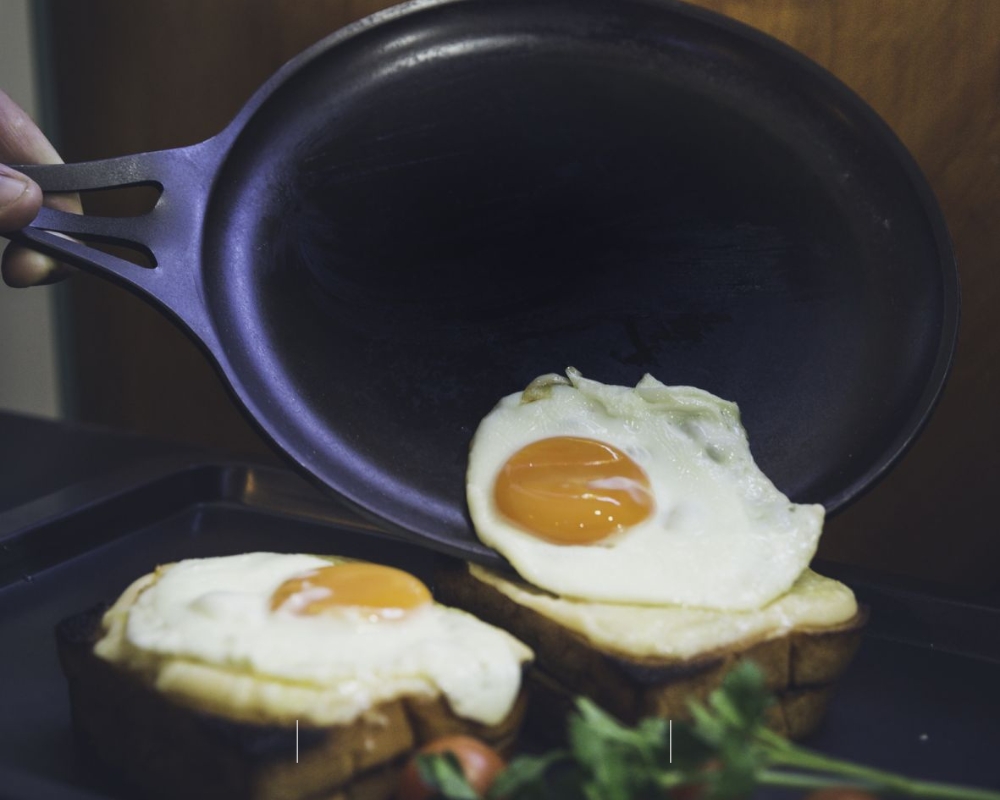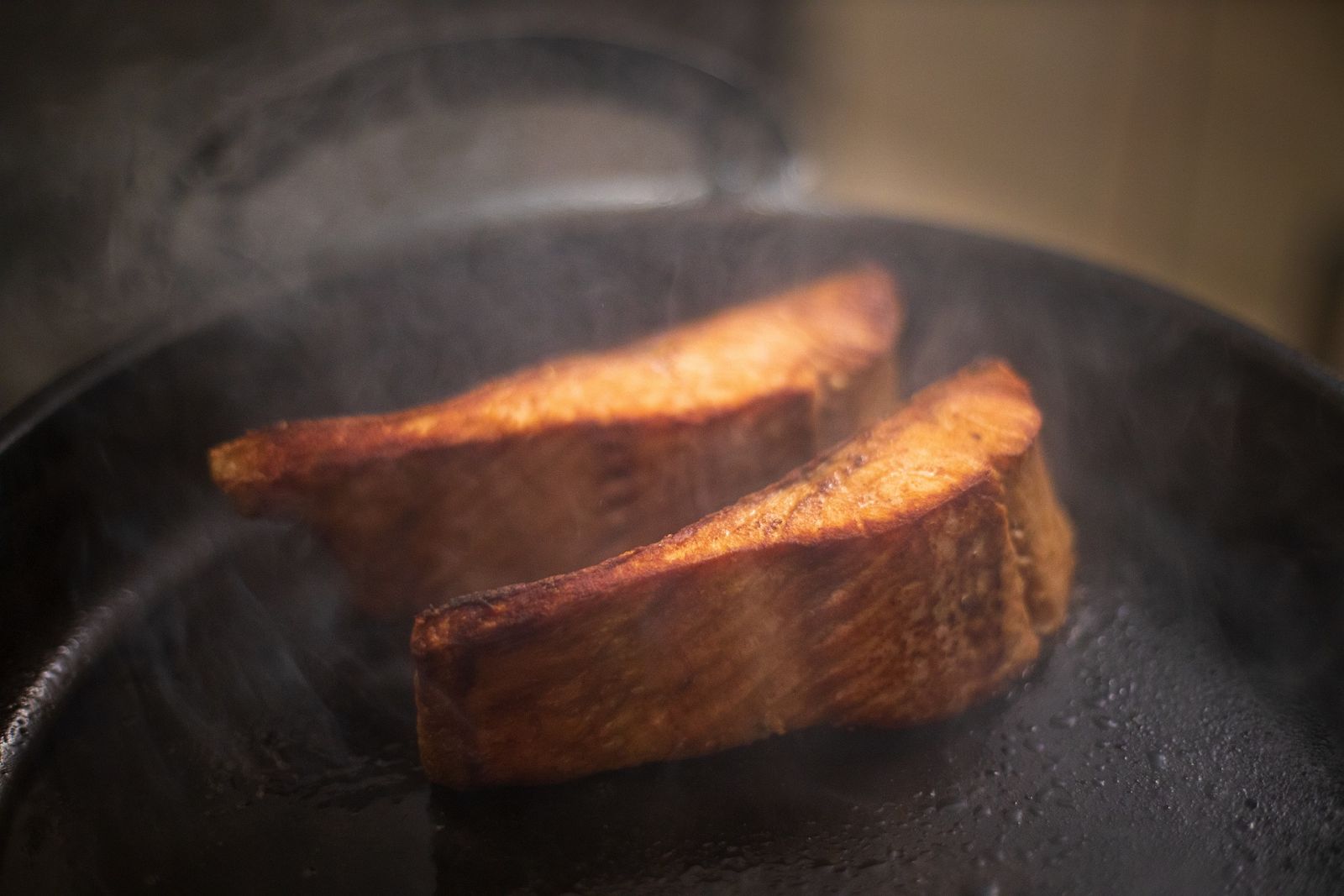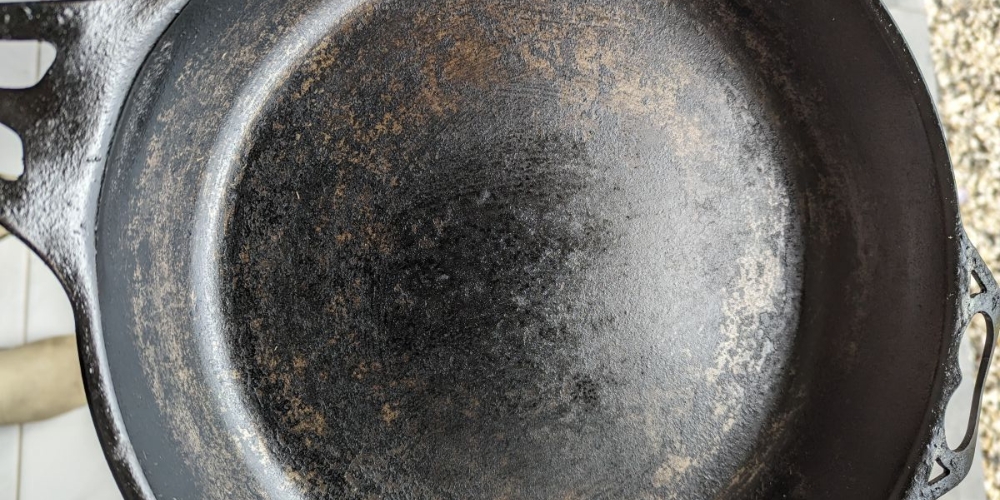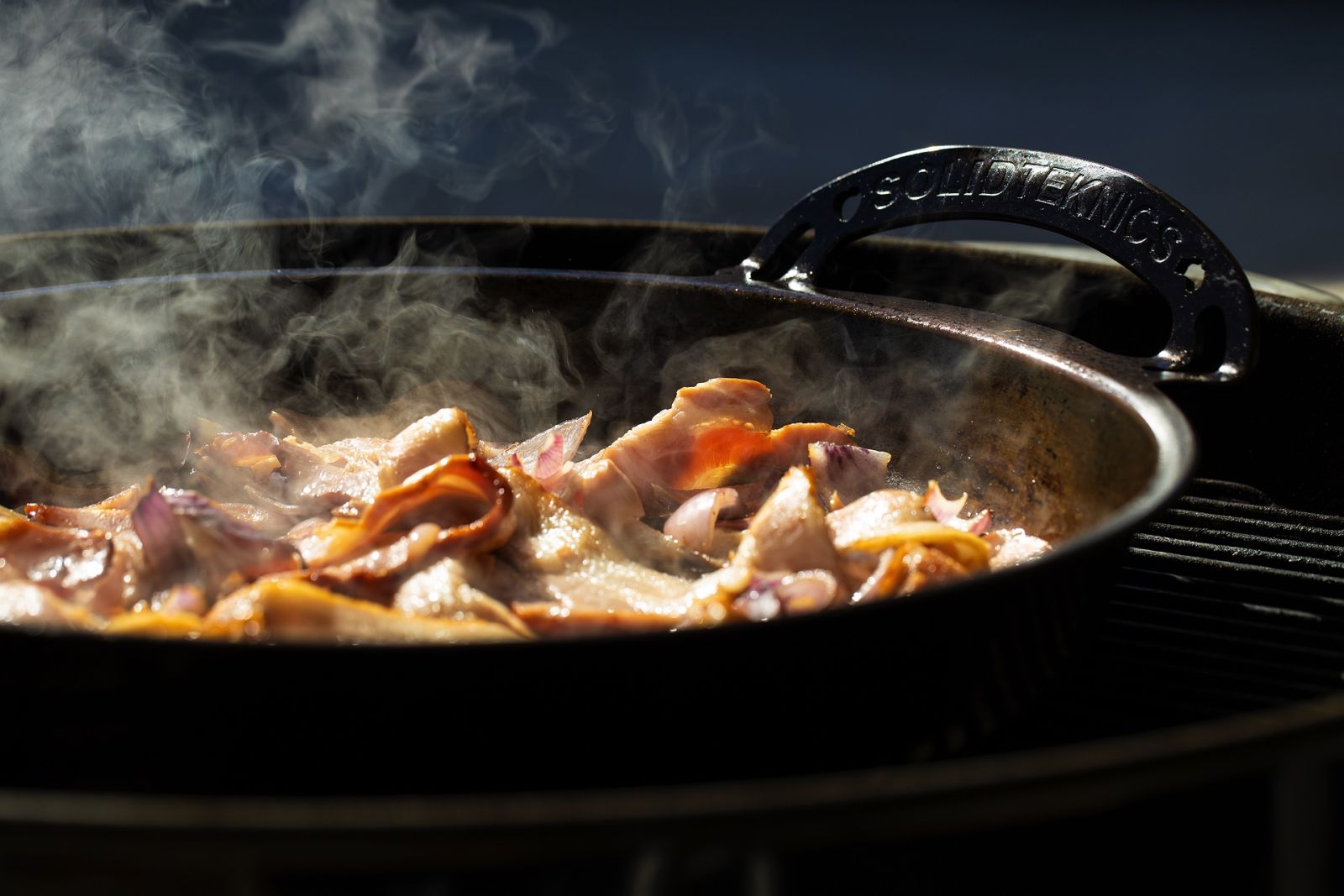
So you've made the switch to healthy, sustainable cookware! Cooking with naturally seasoned iron pans offers a host of unique benefits, distinct from cooking with toxic, synthetic-coated pans.
Weaning yourself off synthetic-coated pans and making the switch to cooking with seasoned iron takes a period of adjustment. However, you will quickly find that the rewards are amazing—both for your family's health and for the sustainability of the planet.
At Solidteknics, we're committed to achieving sustainability through durability, and our cookware is built to last. Understanding the properties of iron and how to naturally develop and maintain your own seasoning (patina) will help you get the most out of your reliable iron pan.
Most challenges related to non-stick cooking revolve around two key factors: heat control and fats. If you follow our tips, you can master the art of non-stick cooking with seasoned iron.
Let's dive into some common reasons why your food might still stick and how to troubleshoot.
Stovetop seasoning is key to building a non-stick surface on iron. You can build and maintain this seasoning by cooking with fats and oils. If you find your non-stick surface 'sticking', ensure you're following our proper stovetop seasoning techniques. If you need guidance, we have plenty of instructional videos available like below.
Medium is your new high. You've seasoned your iron pan, but the food is still sticking? Don't worry—you're not alone. Wrought iron heats up fast and is, therefore, very conductive. Food can often stick when you heat your pan too much or too quickly. This is especially an issue when adding cold food.
If your food is sticking, try lowering the heat. If very cold food is added to an overly hot pan it can cause it to stick.
You'll rarely need more than medium heat, especially with induction cooktops. Take it easy, lower the heat, and once your pan is hot enough, add your oil and then your food!

Heat and fat control are essential for non-stick cooking. Adjust your heat and use plenty of fats and oils, especially while your seasoning is still young. This helps build up your seasoning layer or 'patina'.
As per the above point, regularly cooking with fats/oils will help keep the surface of your pan slick. Carbonised food stuck to the surface can act like velcro, causing food to stick. Ensure your pan's surface is smooth by cleaning properly and scraping off any stuck-on bits with your metal utensils. Then follow up with a quick stovetop seasoning or cook with plenty of fats/oils.
Check out our handy cleaning and care guide.

A smooth surface is essential, but don't be too rough or you will scrub off all that hard-earned seasoning. (But if you do, don't worry: our pans are forever renewable).
The surface of your pan is designed to evolve as you cook, so don't be deterred by minor blemishes. To avoid removing your seasoning unnecessarily, cleaning it with hot running water and a scraper is best. You can also use a light scrubbing brush.
Once your pan has built a nice coat of seasoning, you may only need to maintain it with a paper towel and oil on the stovetop. Refer again to cleaning instructions.
Putting cold food into a hot pan will produce mixed results. First, allow your protein to come to room temperature for a few minutes, and ensure your pan is preheated to the correct temperature before adding food. Adding cold meat to a hot pan can cause it to release juices unnecessarily, leading to overcooked or undercooked food.
Adding too much food in relation to the size of your pan can cause food to steam and prevent it from developing a crispy, non-stick surface. It is best to cook food in batches, giving each piece enough space to cook evenly. Take into account the size of your pan and choose the right one for your needs.
(1).jpg)
It is best to avoid acidic food when your seasoning is young. While you can cook acidic foods like tomatoes in iron, remember that if you do so regularly or for long periods, you will have to season more often. Our nöni™ non-nickel stainless steel range is best suited to cooking liquids and acidic foods.
Some bacon contains high sugar, which can cause sticking. Start cooking your bacon in a cold pan and allow it to cook slowly as it heats, eventually cooking in its fats.

Eggs can stick when cooked at high heat or too long. Some good ways to fry eggs in seasoned iron. Use generous amounts of butter or oil and cook eggs in a well-seasoned pan over low heat, or once heated, turn your pan down low, add the amount of fat/oil to your liking, add your egg and turn down your heat again if necessary. Tip: gently scrape around the pan with your Lil Flippa to prevent sticking and burning, to and check when your egg is done.
When cooking, searing, frying etc in our iron pans, patience is key. Let your food develop that perfect caramelised crust before attempting to move or flip it. Once it forms, your food will naturally release from the pan, just like a flawlessly fried egg with crispy edges (trust the process).
If you've tried everything and are still struggling, please contact us. Send an email explaining the issues you're facing along with some photos, and we'll be happy to assist you: info@solidteknics.com.
Remember, mastering the art of non-stick cooking with seasoned iron takes time and practice. But the results are worth it—better performance, non-toxic, healthy, and sustainable cooking for years to come! So, don't be discouraged if it takes a few tries to get it right.
Copyright © 2025 SOLIDTEKNICS PTY LTD. All Rights Reserved
ABN: 17600300481. E-commerce software by Neto
In the spirit of reconciliation Solidteknics acknowledges the Traditional Custodians of country throughout Australia and their connections to land, sea and community. We pay our respect to their Elders past and present and extend that respect to all Aboriginal and Torres Strait Islander peoples today.